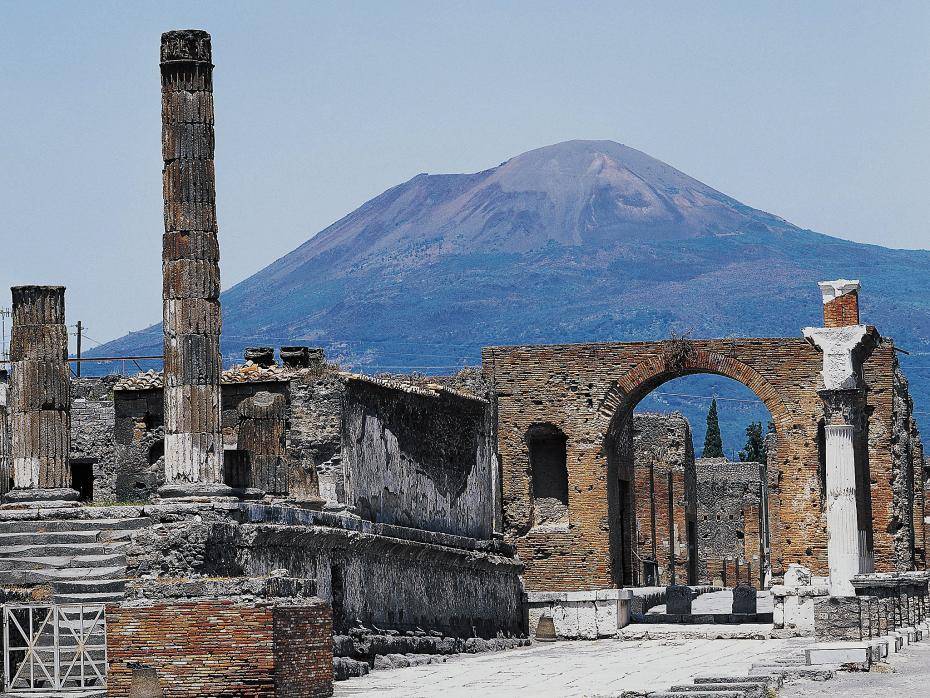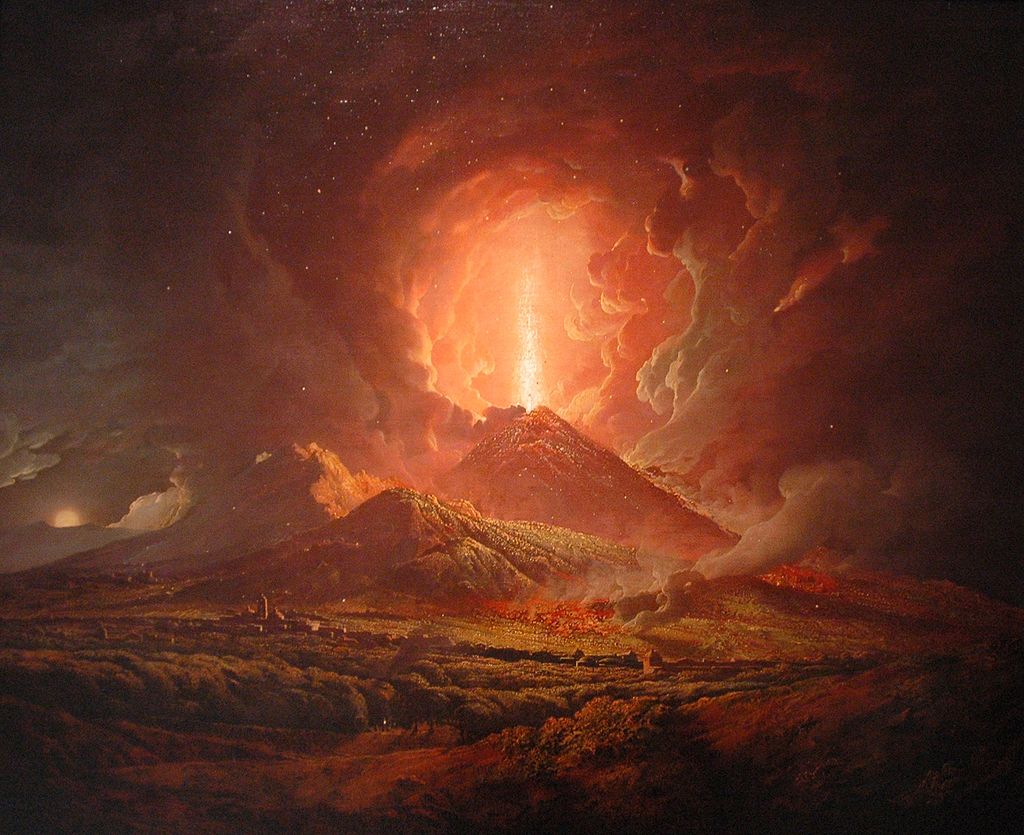The story of the lost Roman settlements of Pompeii and Herculaneum, located near the modern city of Naples, is one that has captured the imagination of historians and history students for centuries.
Both towns were almost entirely destroyed in AD 79 when nearby Mount Vesuvius erupted, covering the surrounding area in tons of burning volcanic ash and pumice. They were then lost for about 1,500 years before Spanish explorers rediscovered the site.

New research published by Finnish academics has found that eruptions like the one that destroyed Pompeii and Herculaneum could have caused climate anomalies across the northern hemisphere, making more problems for the Roman Empire than previously imagined.
According to researchers from the Chronology Laboratory of the Finnish Museum of Natural History and Natural Resources Institute Finland – also known as Luke – there would have been far less natural light in the sky for several years of the sixth century thanks to a series of volcanic eruptions.
Poor light in the years 536 CE and between 541 -544 CE would have made human survival much more difficult than in normal conditions, the research found.

Farming the land and raising animals would also have been adversely affected by a reduction in sunlight, while humans would have been far more prone to catching diseases thanks to a lack of vitamin D.
“Our research shows that the climate anomaly, which covered all of the northern hemisphere, was the compound result of several volcanic eruptions,” said Markku Oinonen, director of the Chronology Laboratory.
Oinonen and his team’s research, published in the journal Scientific Reports, used the technique of dendrochronology to make concrete conclusions about the environment 1,500 years ago, also known as tree ring dating.
The Finnish team looked at how different forms of carbon were found in tree rings, which grow every year, which could then tell them more information about how each tree photosynthesised each year. This process, which gives plants energy by using energy tied up in sunlight, is usually wholly dependent on how much radiation the sun gives off in summer months. It also determines how much the tree will grow that year.
Samuli Helama, also from Luke, is another researcher who worked on the analysis. He said that with this information, researchers could put together an annual growth ring calendar of treeline pines that spans more than 7,600 years.
They then built a register of a large number of trees lifted from small, muddy lakes in Lapland that gave a range of historical data points. The researchers used pine trees as they were particularly sensitive to changes in temperature in June and July.
“Various historical events can be contrasted with the calendar. The growth ring calendar is an important indicator of global climate change”, Helama added.

For those years in the 6th century, the Luke team found that there was very little sunlight available to trees across the Northern hemisphere – probably the result of a series of volcanic eruptions, like the one at Vesuvius, throwing sun-blocking ash into the air.
Interestingly enough, these unusually dark years correspond almost perfectly with a bubonic plague epicdemic that devastated the Roman Empire. A spate of disease caused by the Yersinia Pestis bacterium was first recorded in 542 CE, before it eventually killed at least half of the inhabitants of what was then called the Eastern Roman Empire.
The plague spread through Europe from the Mediterranean to, some historians say, as far north as Finland. By the 8th century, it had killed tens of millions of people.
So, it seems as though it is not just the victims of an eruption that can be attributed to volcanoes in Ancient Rome, but also the legacy of an effect on the environment that made living conditions unhealthy at best, and laid the foundations for a horrific plague that later devastated her Empire.
